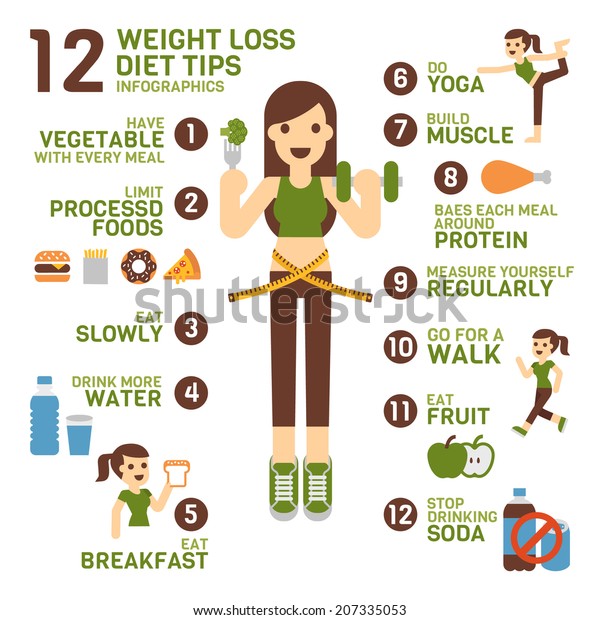Hawthorne Cold Laser Therapy Services At Clinics
Hawthorne Cold Laser Therapy Services At Clinics
Blog Article
Scientific Study on the Efficacy of Cold Laser Strategy
Cold laser treatment is a helpful tool to aid in pain management and the recovery procedure. It is often made use of in sports medicine, dermatology and acupuncture.
Cold lasers penetrate deep into cells and advertise chemical adjustments without warming them. They decrease inflammation and swelling, speed mobile task and speed up healing.
Theoretical Background
Unlike the high-intensity lasers that surgeons usage to puncture cells, chilly laser therapy uses light-emitting diodes to pass through right into your skin and promote healing. As these photons get to broken tissues, they initiate a chain reaction that raises your cells' manufacturing of enzymes and increases your body's natural healing procedures.
The photons likewise decrease pain with the production of endorphins and increase your body's capacity to drain pipes inflamed locations by generating vasodilation (the growth of blood vessels). As a result, it aids you recuperate from musculoskeletal injuries and discomfort quicker.
Lots of people have heard about cool laser therapy from their physical therapist, chiropractic doctor or doctor and might be questioning how it functions. Unlike a lot of laser devices made use of in the clinical field, which in fact warm up tissue, our state-of-the-art tools releases chilly laser light beams that do not cause any kind of heating of your tissues. This permits your body to receive the healing advantages without setting off any adverse effects.
Medical Tests
Cold laser therapy is often suggested as a treatment alternative for people that have musculoskeletal discomfort and injuries. It can be utilized to reduce swelling, enhance cells and accelerate the body's all-natural healing procedures.
Non-thermal photons of red and infrared laser radiation are absorbed by the light delicate elements in cells and launch an increase in intracellular metabolic rate that increases cell recreation, decreases swelling, eliminates edema and reduces recovery time.
Unlike the light that is created by sunshine or basic lights, laser light is identical (all wavelengths travel parallel), coherent and monochromatic. These properties enable laser power to permeate much deeper into the tissues.
Numerous professional tests have actually shown that LLLT can be efficient in lowering pain in the bone and joint system. Nevertheless, more well-designed researches are needed to examine the ideal setups for laser irradiation and to establish its effectiveness in certain problems, such as oral mucositis in cancer people receiving chemotherapy or radiotherapy, and injury recovery (including diabetic abscess adhering to hammertoe surgery). This Aetna plan notice does not address other uses LLLT, consisting of the treatment of numerous skin diseases.
Verdicts
Unlike medical lasers that can ruin tumors or coagulate cells, chilly laser treatment does not warm the body's cells. Instead, the light promotes your cells to produce adenosine triphosphate, which quickens the repair service process of injured tissues.
Aetna considers low-level laser (LLL) therapy medically required for the avoidance of dental mucositis associated with cancer treatment (chemotherapy, radiation treatment, hematopoietic stem cell hair transplant) and non-cancer therapies (such as radiodermal injury, fibromyalgia). A number of studies showed that LLT can be reliable in reducing PU symptoms without damaging impacts. However, distinctions in research study styles and laser dosimetry laser class four therapy treatment made comparison of the outcomes tough; RCTs with reduced threat of predisposition are needed. Making use of a 660 nm wavelength and greater power density appears to be extra effective than the various other examined laser wavelengths. This could be because the other wavelengths might promote inflammatory procedures and create more adverse effects. The effect of the sort of laser utilized is also important; the writers recommend that future research focus on evaluating various kinds of lasers and their doses to establish the optimum mix of laser specifications for PU prevention.
Recommendations
Cold laser treatment is utilized by dentists to deal with irritated periodontal cells, physicians to ease discomfort triggered by rheumatoid arthritis, and physiotherapists to speed the recovery of muscle mass, tendon, and tendon injuries. Numerous clinical insurance coverage strategies cover this treatment.
Unlike warm lasers, which have a thermal result on tissues, cold lasers (likewise called low-level lasers) stimulate the mobile energy of the skin. Photons from the laser light pass through right into the cell, triggering a collection of chemical adjustments that advertises regeneration and minimizes inflammation.
In order to be effective, lasers must be properly arrangement and used. This is why it is not advisable to get a low-cost over-the-counter laser tool and try to treat on your own at home. An experienced specialist is called for to make sure that the device is utilized correctly to lessen the threat of eye injury and maximize its efficiency. The laser tool must be adapted to the correct setting, strength, regularity, and setting of the laser on the treatment area.